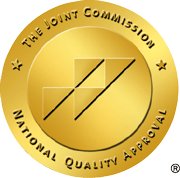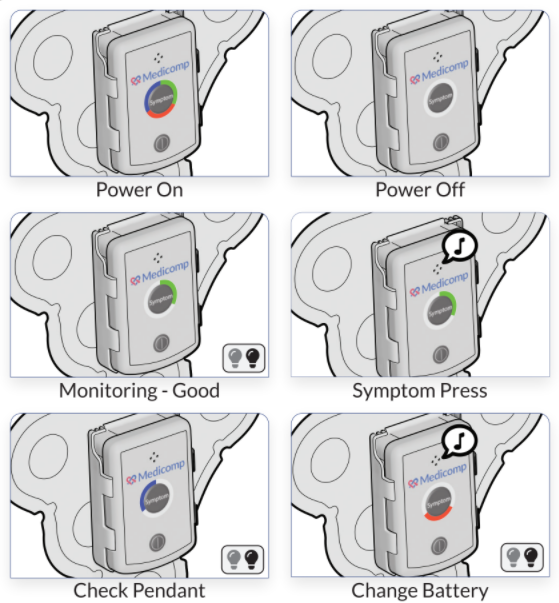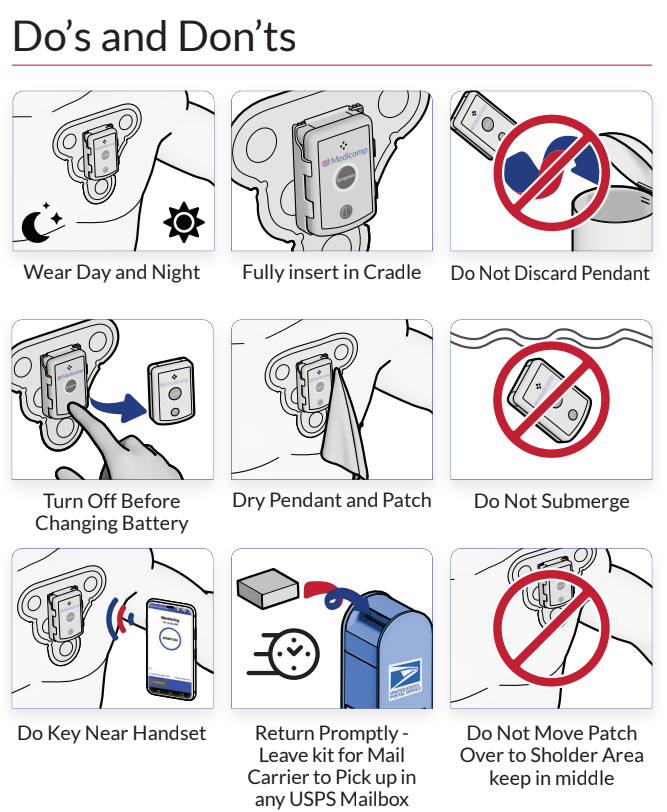Cardiac monitoring solutions are a great way for doctors to understand a patients’ overall heart health, and can provide enough information to quickly and accurately make a diagnosis based on several details within a heart monitor. While each arrhythmia monitoring device is a little different, these details are essential in diagnosing any underlying and potentially life-threatening events.
1. Arrhythmias: Ambulatory heart monitors can be assigned for short-term use (24 to 72 hours) or for long-term use (up to 30 days or more) depending on what your doctor needs to know. Many cardiac monitoring devices record the ups and downs of your heartbeat to determine the presence of any irregularities that could be associated with an arrhythmia, and any underlying conditions.
2. Heart Rate: Your heart rate is the number of times your heart beats per unit of time, and can vary depending on your activities, sleep, and even what you eat. If it gets too low or too high when performing a specific activity, it’s essential that your doctor knows about it. A normal resting heart rate for adults ranges from 60 to 100 beats a minute.
3. P-wave analysis: The p-wave represents the spread of electrical activity over the atrium, and normally lasts less than 0.11 seconds. An abnormally long p-wave occurs when it takes extra time for the electrical wave to reach the entire atrium. Abnormal p-waves could indicate further heart problems that can be diagnosed by your doctor. Most cardiac monitors on the market today do not directly analyze p-waves. Make sure you have one that does.
4. Morphology: This refers to the form of cardiac rhythms and how they differ depending on underlying conditions. The morphology of a heart rhythm can be observed as a series of deflections away from the baseline of an ECG, and can vary if you have any type of condition that could affect your heart. Most cardiac monitors on the market today do not directly analyze morphology. Make sure you have one that does.
Cardiac and arrhythmia monitoring solutions means that you can start treatment much sooner. Your heart monitor provides your physician with data necessary for diagnoses for a wide range of populations including geriatric, diabetic and pediatric patients. With ReactDx’s advanced diagnostic technology, physicians can catch elusive and potentially life-threatening events for quick diagnoses. Call us today at 1-800-23-HEART to learn more about our telemetry units, Holter tests, and other cardiac monitoring solutions.



